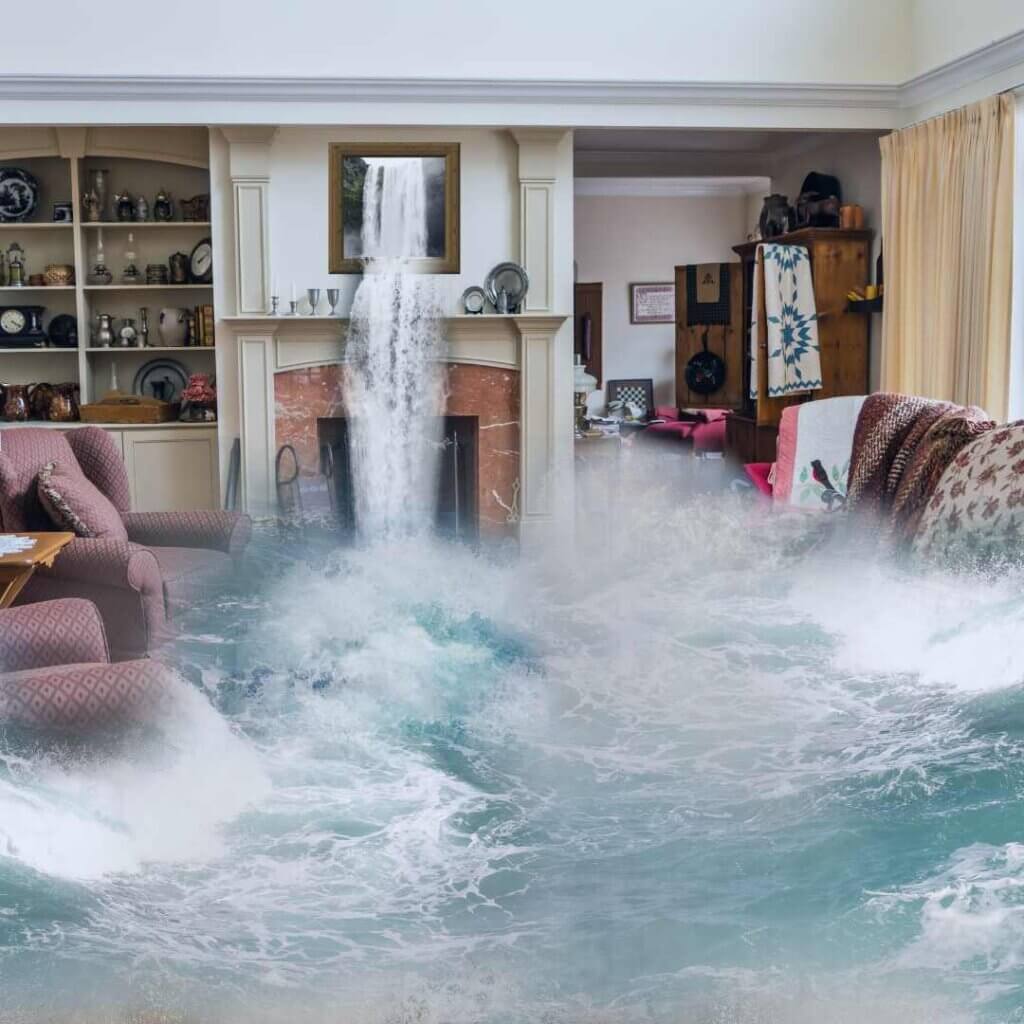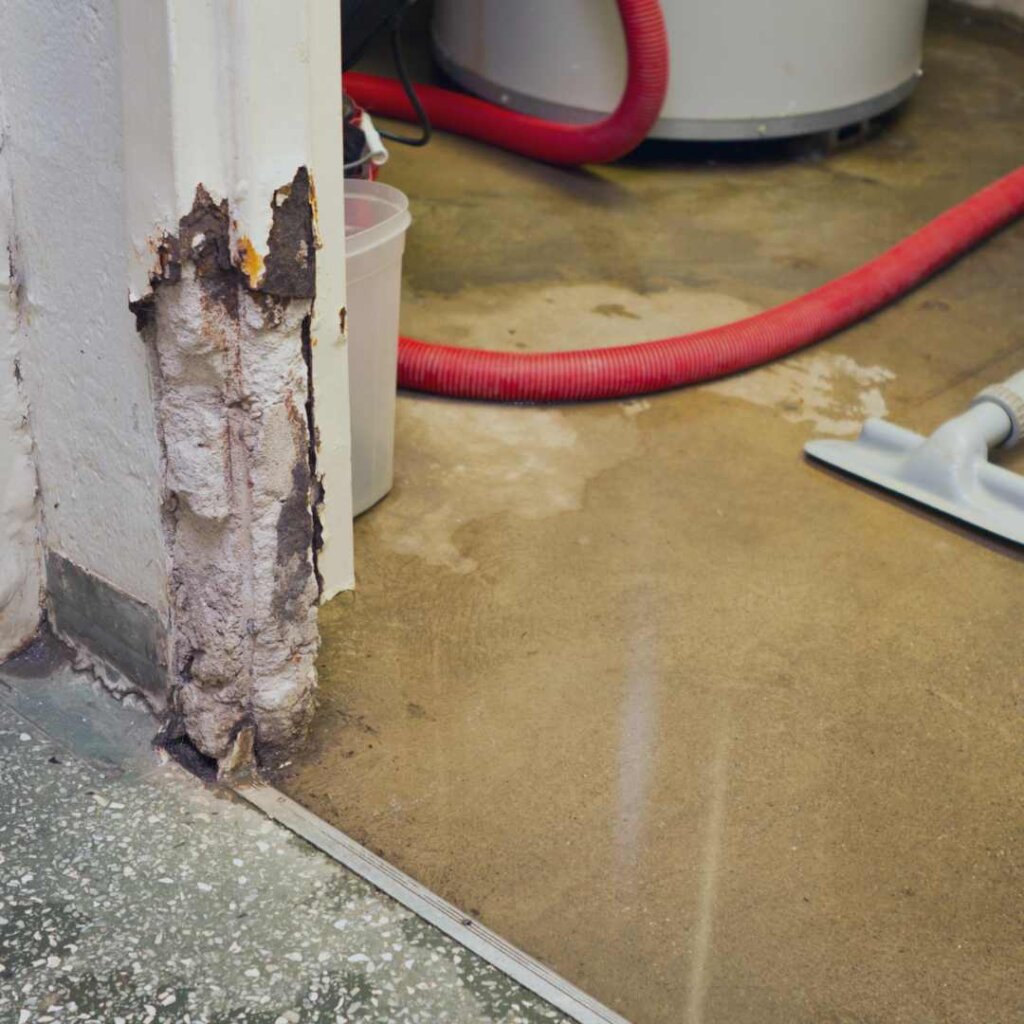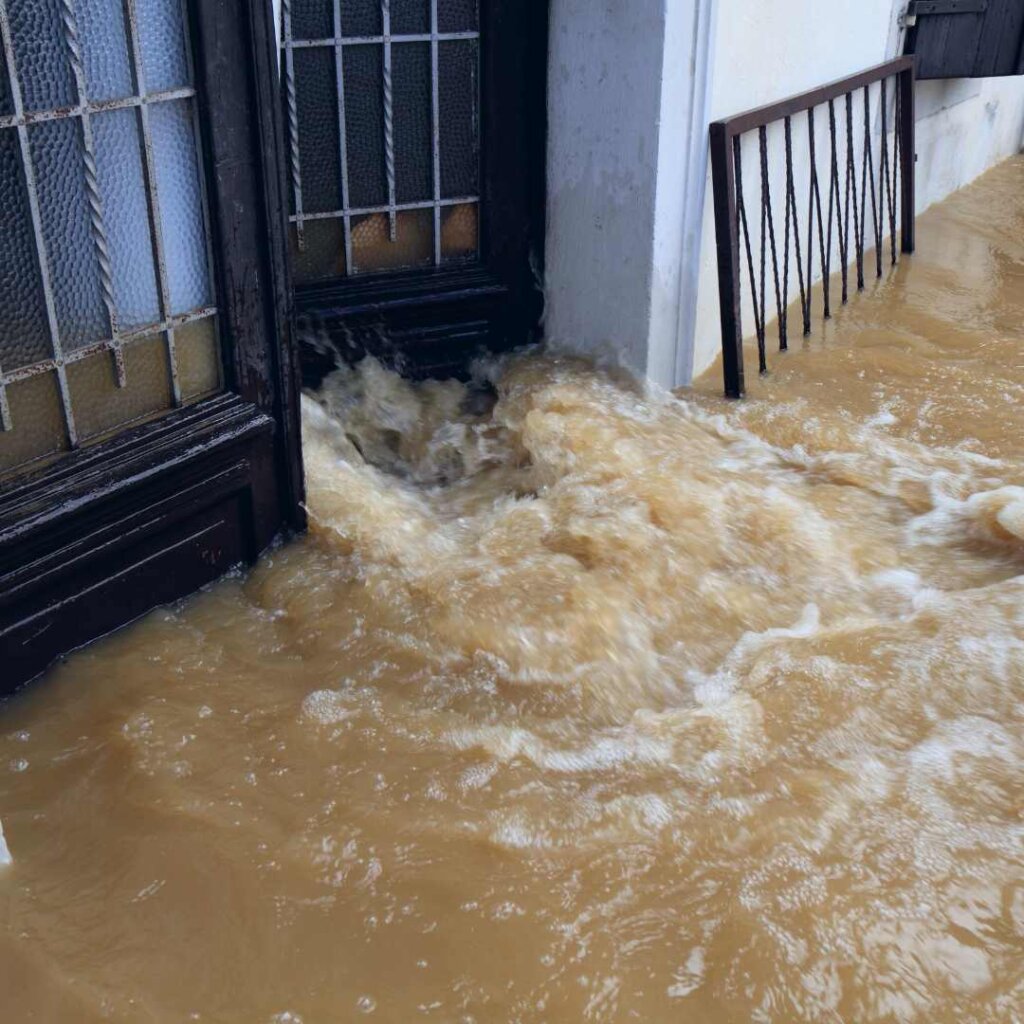DIY Flood Restoration Pros & Cons
DIY Flood Restoration Pros & Cons
Flood damage can be devastating, leaving homeowners feeling overwhelmed and unsure of what to do next. While some may consider DIY flood restoration as a cost-effective solution, it’s important to weigh the pros and cons before deciding. In this article, we’ll explore the benefits and drawbacks of DIY flood restoration and provide tips for those who choose to tackle the task themselves.
Assess the extent of the damage
Before deciding whether to tackle flood restoration on your own, it’s important to assess the extent of the damage. If the flood was minor and only affected a small area, DIY restoration may be a feasible option. However, if the flood was severe and caused extensive damage to your property, it’s best to leave the flood restoration job to the professionals. Attempting to restore major damage on your own can be dangerous and may result in further damage to your property.
Understand the potential health risks
One important factor to consider when deciding whether to tackle flood restoration on your own is the potential health risks involved. Floodwater can contain a variety of harmful contaminants, including bacteria, viruses, and mould. Exposure to these contaminants can lead to a range of health problems, including respiratory issues, skin irritation, and gastrointestinal problems. If you do decide to handle a flood restoration on your own, be sure to take appropriate safety precautions, such as wearing protective gear and properly ventilating the area.
Evaluate your own skills and resources
Before deciding whether to tackle flood restoration on your own, it’s important to evaluate your own skills and resources. Do you have experience with home repairs and restoration? Do you have the necessary tools and equipment to properly dry out and restore your home? Are you physically capable of handling the demands of the restoration process? If you’re unsure about any of these factors, it may be best to leave the flood restoration to the professionals. However, if you feel confident in your abilities and have the necessary resources, DIY restoration could be a viable option.
Consider the cost of professional restoration
While DIY flood restoration may seem like a cost-effective option, it’s important to consider the potential cost of professional flood restoration. If the damage is extensive, attempting to restore it on your own could result in further damage and ultimately cost you more in the long run. Additionally, professional flood restoration companies have the necessary equipment and expertise to properly restore your home, which can save you time and money in the long run. It’s important to weigh the pros and cons and make an informed decision based on the extent of the damage and your own capabilities.
Decide whether DIY restoration is the best option for you.
While DIY flood restoration may seem like a cost-effective solution, it’s important to weigh the pros and cons before deciding. On the one hand, doing it yourself can save you money and give you a sense of control over the process. On the other hand, it can be time-consuming, physically demanding, and potentially dangerous if you don’t have the right equipment or expertise. Consider factors such as the extent of the damage, your level of experience, and your ability to handle potential health risks before deciding whether DIY restoration is the best option for you.
Severe Flood Damage Requiring Professional Flood Restoration
Severe flood damage within a property refers to significant destruction and impairment caused by flooding specifically to buildings or structures. It indicates extensive harm that affects the functionality, safety, and habitability of the property. Here are some indicators of severe flood damage within a property requiring professional flood restoration:
Structural integrity: Severe flood damage may involve structural compromises, such as the weakening or collapse of walls, floors, ceilings, or the foundation. It can render the property unstable and unsafe for occupancy requiring extensive flood restoration works.
Electrical and mechanical systems: Floodwaters can damage electrical systems, including wiring, outlets, switches, and appliances. Water infiltration can also affect mechanical systems such as heating, ventilation, air conditioning (HVAC), plumbing, and sewage systems, leading to malfunction or failure. Additional traders are usually involved during a flood restoration process.
Waterlogged interiors: Severe flood damage often results in extensive water infiltration, leading to saturated walls, floors, carpets, and furniture. Waterlogged materials can lead to mould growth, deterioration, and the need for extensive repairs or replacements.
Contaminated environment: Floodwaters can introduce contaminants, including sewage, chemicals, and pathogens, into the property. This contamination poses health risks to occupants and may require thorough cleaning, disinfection, and remediation to restore a safe living environment. Professional flood restoration services can handle these risks and return an area to a safe and habitable environment.
Hazardous substances: Floodwaters can bring in hazardous materials, such as oil, gasoline, or chemicals, which can further exacerbate the damage and pose additional risks to the property and its occupants. Professional flood restoration companies have the equipment required to deal with these chemicals and safely remediate the site.
Mould growth: Excessive moisture from flooding can create favourable conditions for mould growth within the property. Severe flood damage often leads to widespread mould infestation, which can have detrimental health effects and require professional remediation.
Overall, severe flood damage within a property involves extensive harm to its structure, systems, and contents, requiring comprehensive flood restoration efforts to make the property safe, habitable, and functional again.
Why Choose AllAces?
At AllAces Cleaning & Restoration, we have more than 30 years of industry experience tackling flood damage restorations across Australia. Our IICRC-certified technicians offer 24/7 service for emergencies to ensure unrivalled service and the best possible outcomes for our clients. Offering advanced equipment and technology solutions, our team can effectively dry, sanitise and restore your property. Our services extend through Brisbane, Sunshine Coast, Gold Coast, Sydney, Northern NSW, Melbourne, and surrounding areas. We’re here to help!
Contact the experts and call 1800 00 10 10 today!
FAQs
What are the common causes of flood damage?
Common causes of flood damage include heavy rainfall, river overflow, coastal storm surge, dam or levee failure, snowmelt, and urban drainage system overload.
Is flood damage dangerous?
Yes, flood damage can be dangerous. It can lead to property destruction, contamination of water sources, and the spread of diseases due to possible bacteria within flood waters.
What types of bacteria can be found in flood waters?
Flood waters can contain various types of bacteria, including E. coli, Salmonella, Vibrio, and Legionella. These bacteria can pose significant health risks, causing gastrointestinal infections, skin infections, respiratory illnesses, and other waterborne diseases.



